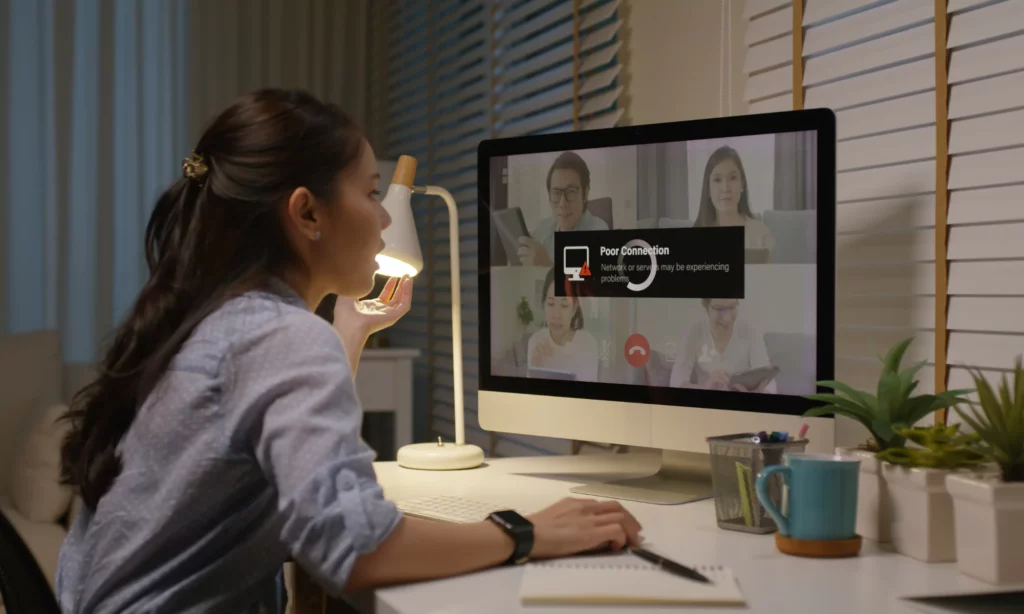If you are wondering what conversion rate is, it’s the percentage of visitors to your site who actually take action that you desire them to take, whatever your call to action may be (e.g., make a purchase, sign up for newsletters, or download free ebooks).
When potential customers find your business, the next step they take is to visit your website to consider whether they should purchase your services or products. Your website will be their first impression. So how can you keep them stay longer on your website? Keep reading and discover our ten tips on how to increase web conversion rate!
10 Tips on How to Increase Web Conversion Rate
Sadly, not many people now realize how vital increasing web conversion rate is. Some of them are overspending on their website, while others are underspending. But in short, they all have no idea about what they’re doing.
So, it’s no wonder why tons of websites out there are poorly designed or come straight from a template, which does not bring any to their business any benefits. Worse, these mistakes might actually be lowering the conversion rate and revenue of their website without them knowing it.
So, in today’s post, we’re going to walk you through some of the best tips to increase your web conversion rate. Let’s get started!
1. Increase Your Site Loading Speed

“Wait a minute”. “Minute” sounds fast, doesn’t it? Unfortunately, in the web design world, believe it or not, you just have no more than about three seconds to win prospects over. In other words, a single second delay in your website loading time can make most visitors leave your website if it takes longer than three seconds to load.
Indeed, slow loading time is one of those crucial factors that kill your website conversions. Nobody likes waiting for so long. There are tons of other options available out there, why would they waste their time waiting for your page to load?
If they really need to visit your website then they might be a little patient. But if they’re just curious or have clicked a link on impulse, then they’re more likely to leave right away. This means that you lose a potential customer before they actually see your website. Therefore, consider the loading speed when designing a website to reduce bounce rates.
